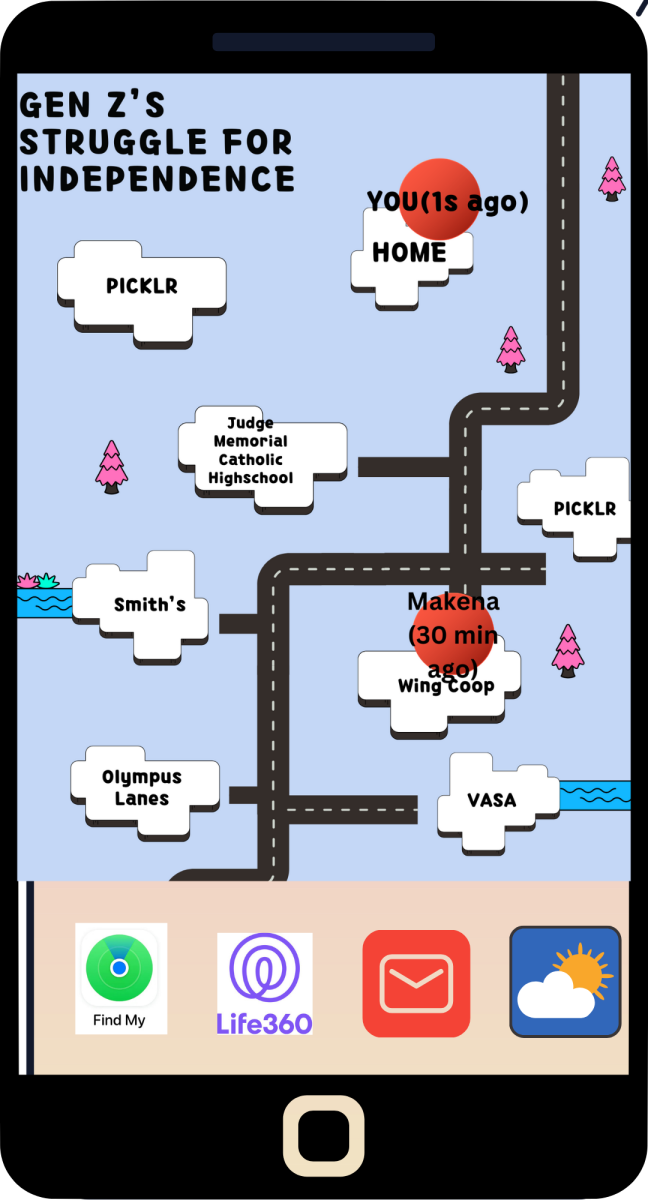The final two albums of Mac Miller’s career, Swimming and Circles, demonstrate the enormous growth and change he went through as an artist over the course of his career. Following the release of Swimming in 2018, in which Miller fully leaned into the self-reflective and artistic side of his music that he’d hinted at in previous albums, it seemed like he was ready to reach his full potential and release the best music of his career soon. Instead, he passed away just a month later, and his counterpart to Swimming, Circles, was released in 2020 as a final posthumous album.

As Miller has developed as an artist, his lyrics have become increasingly nuanced and self-reflective, the production of his music has developed into one of the most unique styles in the rap world by incorporating guitar, live percussion, and other unconventional sounds, and the themes of his songs have become more meaningful. This can especially be seen on albums like 2015’s GO:OD AM and 2016’s The Divine Feminine, but it reaches its culmination on Swimming. If Swimming combined these aspects of Miller’s music with some conventional rap and flow, Circles, intended as a counterpart to Swimming, leans fully into them and includes much less rap. It instead moves between singing and lo-fi beats working with live percussion, strings, and bass, with some occasional rap and more upbeat stretches mixed in.
For the most part, the lyrics on Circles convey important messages about self-reflection, making it through tough times, and dealing with sadness through optimism. Most songs lack the punch-lines usually found in rap, but that’s likely intentional since this isn’t really a rap album. Despite this, many songs, especially Good News, I Can See, and Complicated have very interesting lyrics filled with turns of phrase and creativity. However on some songs, especially in the second half of the album, the lyricism gets repetitive and filler words like “yeah” are overused too much. The vocals on this album are great especially through the combination of singing and rapping found on many songs.
Miller worked closely with producer Jon Brion for Circles. Brion’s style is very live-instrument based; Circles includes live percussion, guitar, and bass on almost every song while incorporating some upbeat synths and electronic elements. Few others in the rap world have experimented with this style of combining rap and singing with live percussion, guitars, and synths to the level that Miller and Brion do on Circles, which makes its production very interesting and unique.
Overall, Circles is a highly put-together album for being finished after the death of its creator. Its lyricism is nuanced and creative on the album’s first half before becoming more repetitive and losing creativity on the later part of the album, but its emotional vocals combined with very ambitious production help it remain enjoyable. If it had incorporated more upbeat sounds and diverse lyrics in its second half, Circles would have felt like a masterpiece. However as it is, it is more proof that Miller’s career was going great places and was cut short too soon.







































